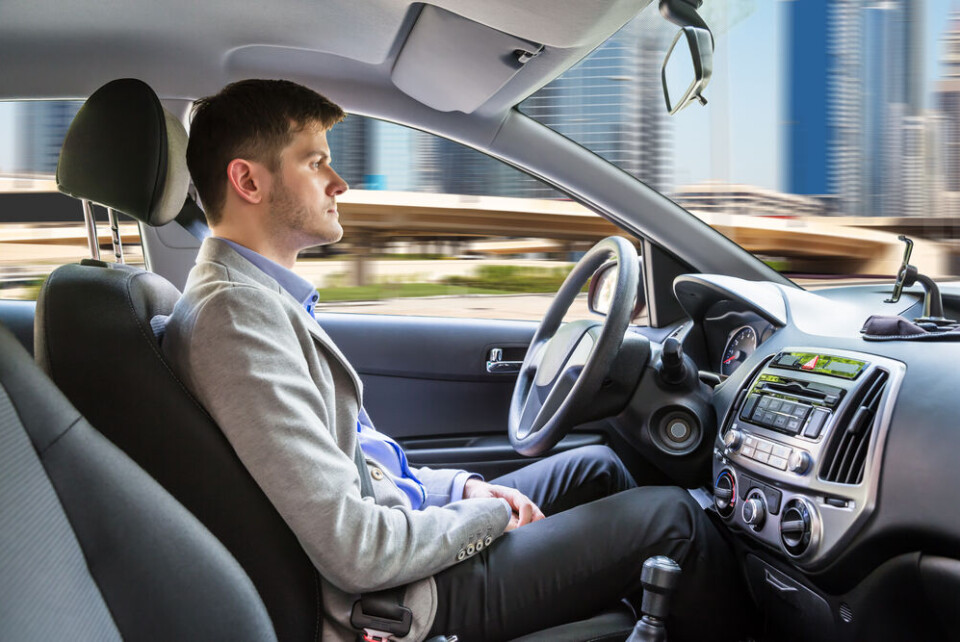-
Map: Car insurance costs rise in France - see the average in your region
Multiple studies show that costs are rising by around 5% year-on-year, with major differences by region and vehicle model
-
Top French court clarifies rules on foreign language wills
Certain conditions must be met for a language to be accepted if it is unknown to the testator
-
Local election rule changes in France and why you may have a new mayor in 2026
Communes with fewer than 1,000 residents are particularly set to see changes from next year
Semi-autonomous cars now permitted on some French roads
Cars with the function enable the driver to take their hands off the steering wheel on slow-moving motorways, for example, but require them to remain aware

It became legal to drive a semi-autonomous car on some French roads yesterday (September 1). We look at what these vehicles do, and how they differ from fully driverless cars.
The semi-autonomous vehicles which can now be driven in France are level three out of five in terms of driverless controls.
This means that they go beyond driving aids like cruise control and automatic functions such as driverless parking, but do not enable a motorist to hand total control over to the vehicle.
At this level, the driver can sit back and let the car take over, but must remain aware of their surroundings so that they can override an action if necessary.
This is compared to full automation, where no driver awareness or interaction is required.
Where is level three autonomy allowed?
Level three autonomy is only allowed as long as the vehicle speed is limited to 60km/h, and only on roads where there is a central reservation and no pedestrians or cyclists.
In practice, semi-autonomous driving is therefore only possible on busy motorways or bypasses such as the Parisian périphérique, where traffic is not moving at full speed.
Motorists can let go of the steering wheel, but can be told by the car to take back control at any time, and sensors on the dashboard can even detect when a driver falls asleep.
If they fail to react from an instruction given by the car, the vehicle can come to a stop.
There is currently only one model – the Mercedes S-Class – which fits within the rules on semi-autonomous cars, although other manufacturers have announced that they will soon be releasing their own versions.
German motorists have been permitted to try semi-autonomous driving since last spring, but the rarity and expense of the vehicles designed for this type of journey means very few people will be using them for the moment.
If the semi-autonomous car is being used properly, it is the manufacturer who will be responsible in the case of an accident.
However, if you are called on to take back control of the car, you also recover your responsibility for any incidents you might cause on the road.
What are the levels of autonomy?
The five levels of autonomous driving are:
- Level 0 - No autonomy: the driver is responsible for everything
- Level 1 - The driver can delegate a task such as cruise control
- Level 2 - This is the level of autonomy offered by most newer cars, which can perform tasks such as staying in lane etc.
- Level 3 - The driver can take their hands off the steering wheel but must still be aware in case they need to take over
- Level 4 - The car performs all tasks and human override becomes less important
- Level 5 - The car performs all tasks under all conditions and no human interaction is required
Related articles
Photo: French police stop van carrying everything plus kitchen sink
Cars by monthly subscription schemes growing in France
Explainer: what are the rules on licence-free cars in France?
























